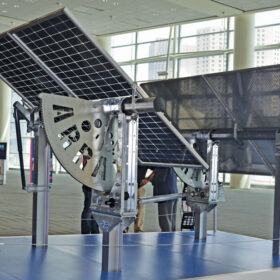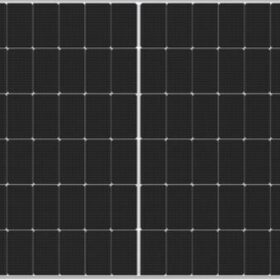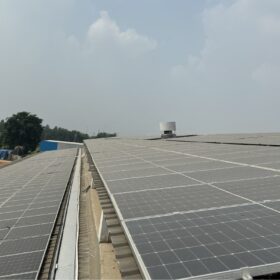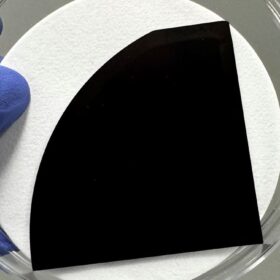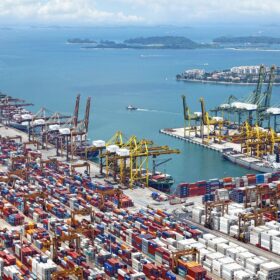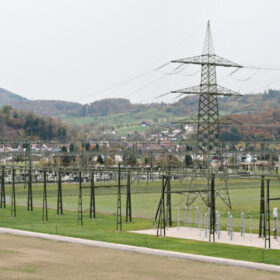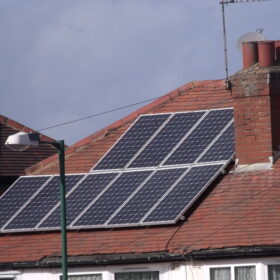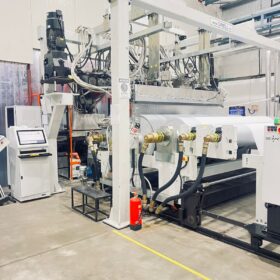The hidden potential of green energy stocks
The green energy sector in India has been showing strong performance, and so are the green energy stocks. And everyone wants a piece of the pie.
New method to identify optimal floating PV sites
Researchers in Spain have created a novel method to select within a set of water bodies those where the investment in floating PV could be most beneficial. They combined geographic information systems, multi-criteria analysis, and intelligent optimization. The new approach reportedly results up to 8.4% better LCOE compared to conventional methods.
First Solar opens 3.5 GW solar factory in Alabama
First Solar has opened a $1.1 billion, 3.5 GW solar manufacturing facility in Lawrence County, Alabama.
Array Technologies unveils 77-degree solar tracker stow for hail protection
Array Technologies says it has developed a 77-degree solar tracker stow designed to protect solar assets from hail and high winds by responding to severe weather events.
Sharp unveils 610 W TOPCon solar panel with 22.58% efficiency
Sharp’s new IEC61215- and IEC61730-certified solar panels have an operating temperature coefficient of -0.29% per C and a bifaciality factor of over 80%.
How solar panels, inverters, and batteries work together to save your money
Rishab Kohli, managing director, Orient Solar, writes that investing in a solar power system offers long-term economic benefits to homeowners. While the initial cost may be high, the return on investment is substantial.
Solar recycling innovation keeps solar panels out of landfills
SolarPanelRecycling.com uses AI and proprietary processes to separate critical materials from used or broken solar panels, contributing to a circular economy and reducing waste.
Longi, ANU develop gettering-based process to improve n-type wafer quality
The Chinese module maker and the Australian National University utilized phosphorus diffusion gettering and another defect mitigation strategy to improve the quality of n-type wafers. The proposed process contributed to improve the material quality especially towards the tail-ends.
U.S. solar industry standards for solar supply chain transparency
The Solar Energy Industries Association (SEIA) submitted a draft industry standard to help companies comply with Customs and Border Patrol (CBP) traceability requirements for solar component imports.
Switzerland to host world’s largest redox flow storage project
Flexbase plans to build a 500 MW redox flow storage project in Laufenburg in early 2025.



